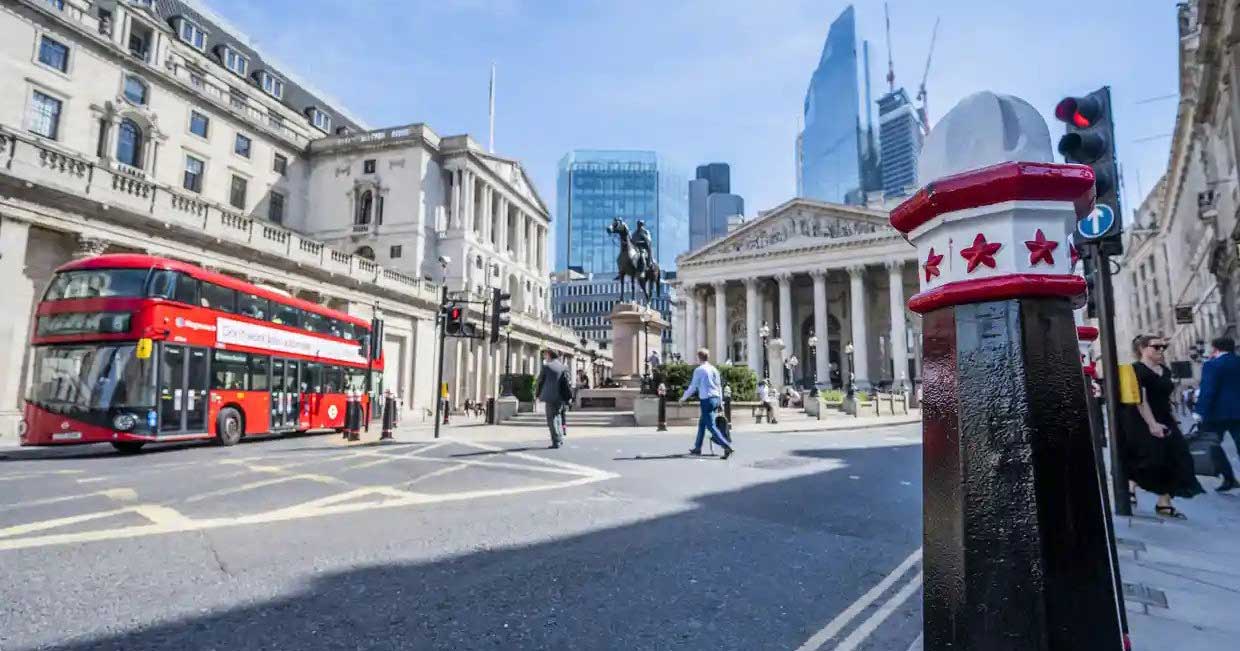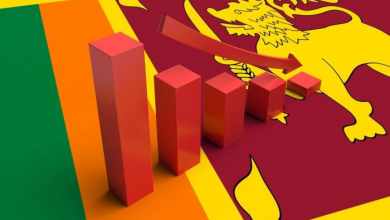WE FACE A GLOBAL ECONOMIC CRISIS. AND NO ONE KNOWS WHAT TO DO ABOUT IT
The Guardian - 18 Jun 2022
Back in February, plenty of investors were betting that the buildup of Russian troops on Ukraine’s border was no more than an elaborate bluff.
The Russian and Ukrainian currencies appreciated in value as hedge funds and private equity firms, signalling their faith in some form of peace deal emerging, confidently bought roubles and the Ukrainian hryvnia.
Today there is a war going on that has effectively locked up the raw materials and food usually exported by both nations, and no one knows when the conflict will end.
It is clear from the collapse in global stock markets and sliding cryptocurrency values that investors are panicked by the uncertainty. Shares in the US, where the S&P 500 index is down by almost a quarter since January, have suffered their worst start to a year for 60 years.
We have seen panics before, notably after the 2008 crash. Investment firms, despite their reputations as the clever custodians of pension fund money, always press the sell button at the first sign of trouble. Collectively, it leads to a rout.
Seasoned policymakers know how to react in such uncertain times, and that is to do whatever it takes to reassure investors that their money is safe. Western governments have dipped into their reserves, and when that well of cash has run dry, borrowed heavily to maintain a stable outlook for their economies. Vital support has arrived in the form of cheap borrowing from central banks. With low interest rates acting like the cavalry in a John Wayne film, everyone has been able to rest assured the panic will be shortlived.
Not any more. This time there is a real war, not just a financial one, and no one quite knows what to do. The major powers cannot agree about how to fight it and policymakers cannot agree about how to handle the fallout, especially the shortages of raw materials and food from Ukraine and Russia that are pushing inflation to 10% and beyond.
In particular, central banks have lost their nerve. Instead of being a reassuring presence, they are adding to the sense of panic by increasing the cost of borrowing. As one analyst said about the US central bank’s decision to raise interest rates by 0.75 percentage points last week: “The Federal Reserve is going to hike interest rates until policymakers break inflation, but the risk is that they also break the economy.”
On Thursday, the Bank of England pushed its base rate to 1.25% after a period of more than a decade during which it had never climbed higher than 0.75%. Some analysts believe the base rate will increase to 3% by the end of next year after Threadneedle Street put tackling inflation above sustaining growth.






